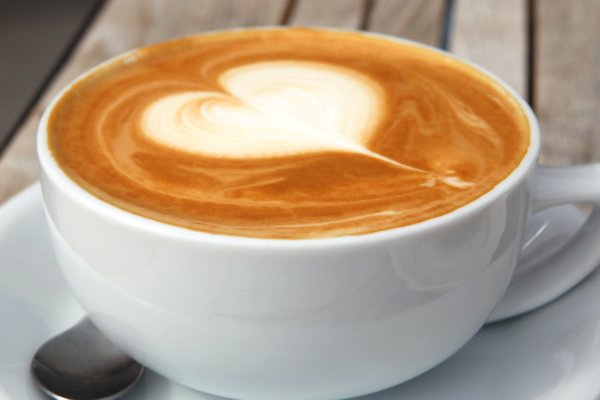
Liberals like lattes, organic food, and independent films, we are told, while conservatives like hunting, trucks, and country music. Stereotypes like these have persisted long enough that to suggest that there might be some real foundations to them, but the substance of those foundations remains fuzzy.
“Culture wars” theories have gained traction among scholars and pundits alike, but even if liberals and conservatives have conflicting understandings of morality, what does that have to do with taste in music, coffee, or leisure activities?
In a new study in the American Journal of Sociology, Daniel Dellaposta, Yongren Shi, and Michael Macy look for answers. First, they seek to empirically validate these popular assumptions. They find that political ideology correlates with cultural preferences consistently over 28 years of survey data, showing that aesthetic tastes, leisure activities, and even belief in astrology map onto a fairly neat conservative-liberal ideological split. Yet such correlations fail to provide causes for division.
The cultural arguments to which many scholars turn can be easily molded to tell a particular story—for example, “If conservatives are more skeptical of astrology, the reason is that astrology is regarded as sacrilegious; if conservatives are less skeptical, the reason is that they feel less need for scientific proof.”
The authors argue, instead, that network effects hold the key. There’s nothing inherently “liberal” or “conservative” about liking particular kinds of food or music. Rather, liberals drink lattes because their friends do. Using a computer simulation, the authors show hypothetical sets of attitudes that are not correlated in the survey data can become highly correlated when network ties between people with similar ideas are introduced. This leads the authors to conclude “lifestyle preferences and political views become socially, spatially, and demographically clustered” through interactions between people.
Perhaps the idea that social networks and interactions reinforce cultural preferences will surprise few, but this study’s results suggest that at the heart of the current cultural and political alignment of the U.S. lies in a set of fundamentally arbitrary connections between ideology and taste. Clusters of people develop ideas about politics and taste together, pairing political and cultural preferences together in more or less random fashion. Over time and through network effects, some of these pairings become pervasive enough to gather attention and give rise to stereotypes. It may be that politics doesn’t divide American culture, then, but reflects pre-existing cultural divisions.

Comments 1
stormy — September 2, 2015
this was good.